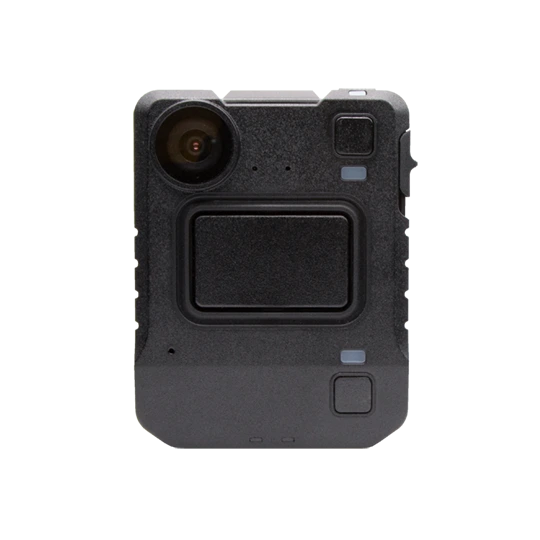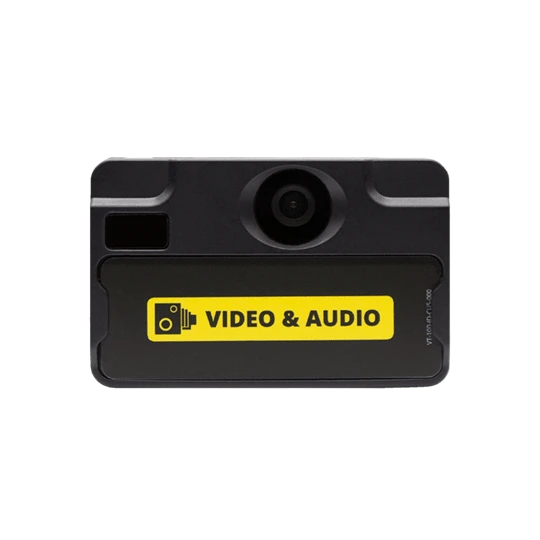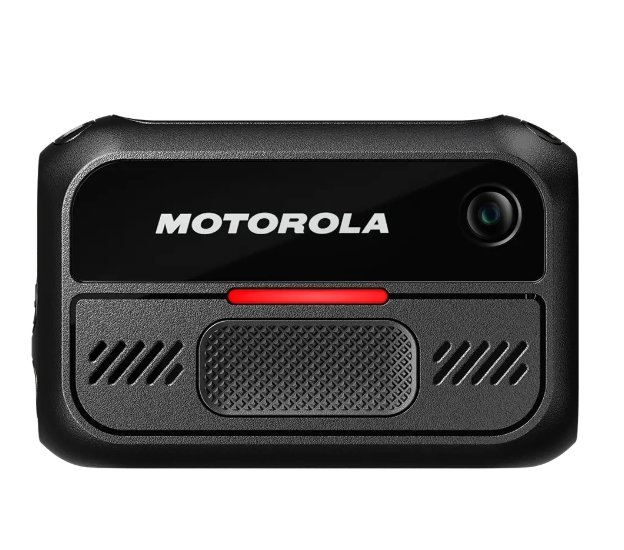Motorola Solutions Body-Worn Camera Comparison

Enhance safety, accountability, and operational efficiency
A side-by-side comparison of Motorola Solutions’ body-worn camera range, outlining key features, specifications, and use-case suitability for the VT100, V200 and VB400.
Feature Comparison: VB400 vs VT100 vs V200 Body Cameras
Scroll left and right to view comparison data
Feature |
VB400 |
VT100 |
V200 |
| GoLive Audio | No | No | Yes* |
| LCD Screen | No | No | Yes – top mounted |
| Configurable Buttons | 4 (excluding slide switch) | No | 2 |
| Storage | 64GB | 16GB | 64GB |
| Charging Port | Proprietary | Micro USB | USB-C |
| In-field Charging | Requires adaptor | Micro USB | USB-C |
| Battery Recording Runtime | 12 hours | 3 hours | 9 hours |
| Standby Battery Capacity | 12 hours (low power not supported) | 6 months (low power) | 5 months (low power) |
| Helmet Accessories | Requires adaptor | No | No |
| Durability | IP67 / MIL-STD-810G | IP54 | IP54 / MIL-STD-810G |
| Satellite Navigation | GPS | No | No |
| Pre-record Functionality | Yes | No | Yes |
Motorola VB400 body-worn camera: Designed for robust environments, it offers 12-hour recording, IP67/MIL-STD-810G durability, GPS, and pre-record functionality, making it ideal for security teams requiring enhanced connectivity and location tracking.
Ideal for: Law enforcement, emergency services, and security services.
Motorola VT100 body-worn camera: A cost-effective, discreet option with a 3-hour recording time and IP54 rating, idea for those seeking a straightforward, easy-to-use body camera.
Ideal for: Retail, Hospitality and customer facing roles.
Motorola V200 body-worn camera: Offering live audio/video communication and easy deployment via RFID assignment. It provides 9-hour recording and is suited for scenarios necessitating immediate escalation and real-time support.
Ideal for: Retail and Hospitality.



